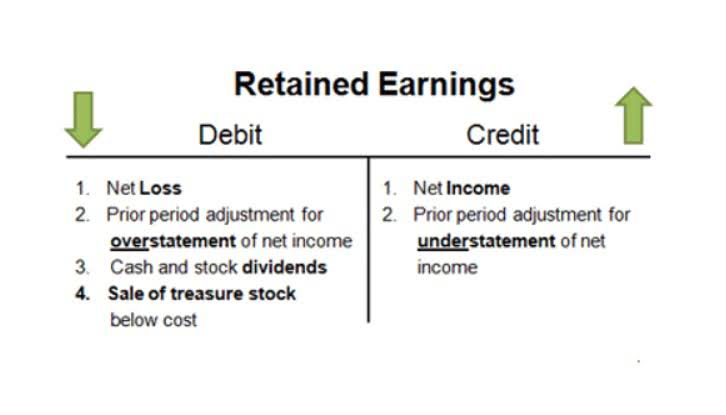
It corresponds to the amount paid to the shareholders if a company is liquidated and all assets are sold out. In other words, equity items are presented before the presentation of liabilities (both long & short term). Balance sheet liabilities, like assets have been categorized into Current Liabilities and Long-Term Liabilities. Once your balances have been added to the correct categories, you’ll add the subtotals to arrive at your total liabilities, which are $150,000. Once the information has been entered into the correct categories, you’ll add each category or classification individually.
From the presentation viewpoint, liabilities or liabilities portion is balance sheet is further sub-divided into two main categories i.e. non-current or long-term liabilities and the current liabilities. Likewise, non-current classified balance sheet assets, current assets too are shown under the main heading of Assets. The sub-total of current assets is added with the total of non-current assets shown at the top and thus the figure of total assets is arrived at.
Components of a Classified Balance Sheet
Employees usually prefer knowing their jobs are secure and that the company they are working for is in good health. When analyzed over time or comparatively against competing companies, managers can better understand ways to improve the financial health of a company. A company usually must provide a balance sheet to a lender in order to secure a business loan. A company must also usually provide a balance sheet to private investors when attempting to secure private equity funding. In both cases, the external party wants to assess the financial health of a company, the creditworthiness of the business, and whether the company will be able to repay its short-term debts.

A classified balance sheet is a financial statement that reports asset, liability, and equity accounts in meaningful subcategories for readers’ ease of use. In other words, it breaks down each of the balance sheet accounts into smaller categories to create a more useful and meaningful report. Public companies, on the other hand, are required to obtain external audits by public accountants, and must also ensure that their books are kept to a much higher standard.